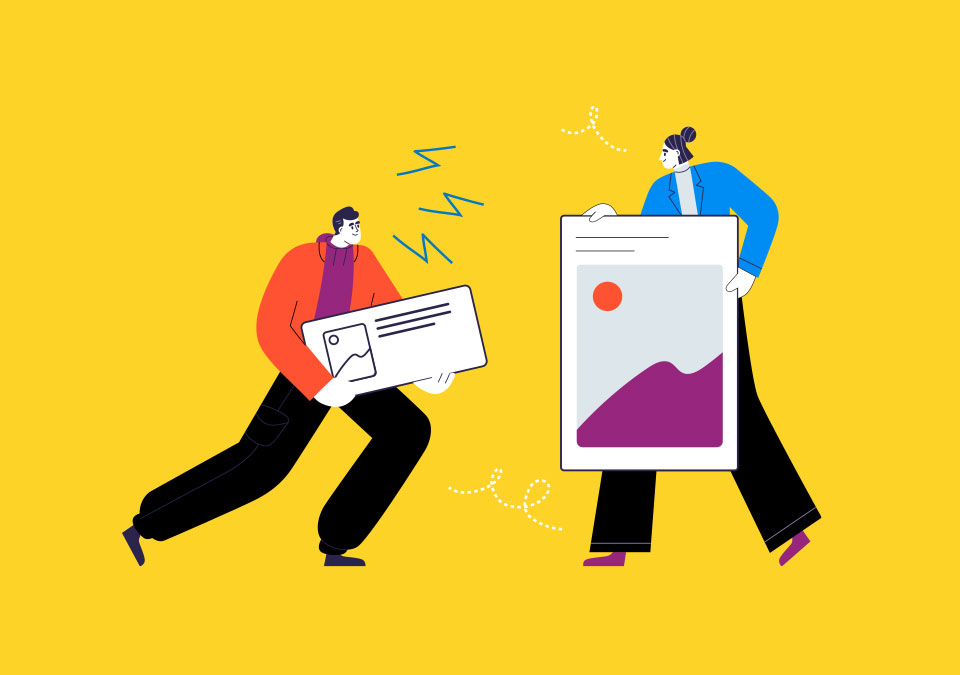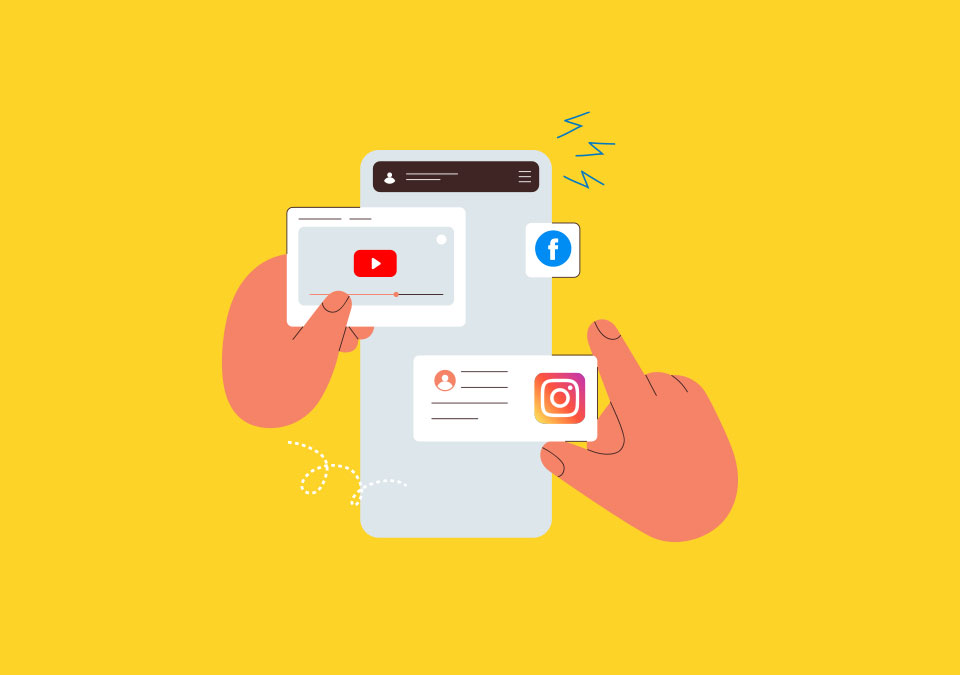Build a high-performing website with suitably-optimized images

Categories:
Web developmentTags:
Web developmentIt’s not surprising to learn that website performance is directly correlated to the sizes of images that you put out there. The reality is that most of us want websites to load at lightning-fast speed, and this is desirable for Google as well. Yet, a large number of websites are excruciatingly slow.
Website performance is now a major factor behind UX (user experience) and even contributes to the effectiveness of SEO alongside, with improving internet speeds over the last few years. Page loading delays may cost you visitors in droves, with most of them losing the tempo, and migrating to other sites. Another stat that deserves notice is that 50% of visitors are more likely to make use of mobile devices. Hence, ensuring optimized image sizes and file formats is crucial (if you don’t want your website traffic to slide alarmingly that is).
Now that we’ve got that out of the way, what’s the best way to compress and resize images before uploading them to your portal? Can this procedure be made simpler? What are some ideal file formats? Here’s a brief look.
Image Commandments to Remember
Sizes Matter (in all respects) –
Don’t just take the high-resolution route for bragging rights. Too many people think that high resolution automatically equates to the best possible solution for their websites. Nothing could be farther from the truth in this case. What you can do instead, is leverage Resize Image After Upload or a similar plugin for image resizing purposes. You can also resize uploaded images in bulk if that’s what you desire.
Those using leading photography platforms like SmugMug or PhotoShelter are better off with image licenses and more. These are platforms which require high image sizes and quality, while keeping theft at bay through automatic restoration of images to smaller sizes, while showing them online. Yet, if you are just showing images on a blot or portfolio for example, do not go for the maximum dimensions.
Important image dimensions to remember while uploading images on the website.
- Images should be as big enough as their frames or containers, depending on the page framework. Learn the width of the content area on the website first. Use the page ruler browser extension for measuring the same.
- For slideshows (full-width), you can choose 2560 pixels (width).
- This applies for all images covering the width of any browser.
- Smaller slideshows necessitate around 1800-2000px.
- Use the Lightbox view option for thumbnail galleries.
- Keep their sizes at around 1500 pixels or up to 2000 pixels.
- Portrait/vertical images can be around 1200px.
- These will help you master the crucial art of image resizing and optimization. Image size is the biggest determinant of quality and how your website performs after uploading these images.
What should you consider while uploading an image on the website? File Type, Compression or Quality?
For exporting and compressing images in JPG, you should choose around 60-70% without going for 100%. Keep experimenting with diverse settings for quality without being afraid of taking down the quality levels.
Here is how you can get started with IMAGE OPTIMIZATION
If you are exporting any image from Adobe Photoshop, make use of the new dialog under File-Export-Export As. This will give you better results. Choose your compression level after a similar process of experimentation. 60-70% is usually a good rule of thumb in this case.
Ultimately images should not cross 0.5 MB or 500 KB in size. Once you’ve zeroed in on the right image format (after taking your pick from GIF/PNG/SVG) and settings, you may test added variants which are encoded in JPEG XR, WebP, and JPEG2000. These are some hacks that are bound to get you going in style!
Here is how you can do basic optimization of your website:
Lossless compression types are sometimes useful for uploading smoothly and getting a faster website. Choose a compression level suitable for your specific workflow in this scenario. You can go for a plugin like ShortPixel for instance. You can also use WordPress plugins for optimizing images (some include EWWW Image Optimizer, Optimole, Robin Image Optimizer, and more) and other tools for compression like JPEGmini Pro, ImageOptim, Imagify, and many more. Choose as per your requirements, and ideally after trying out all/most of these tools.
You should then undertake a review of your website performance, tracking loading speeds minutely. You can get some valuable speed testing insights from options like GTmetrix and Google PageSpeed Insights. They’ll tell you about site performance issues, including poor image usage. The latter may involve switching to newer file formats, sizing properly, deferring onscreen images, better encoding, and so on. This is a to-do guide of sorts. It will help you fine-tune your website into a powerhouse, something that is essentially the need of the hour.
The following are the third party websites that you can use:
If you’ve been wondering about the right optimization and other solutions to use, then here’s summing up and putting all of them together in a compact way for your perusal.
Image Resizing-
- Smug Mug
- Photo Shelter
Image Quality-
- Adobe Photoshop for generally everything!
Image Optimization-
Plugins-
- EWW Image Optimizer
- Optimole
- Robin Image Optimizer
Compression Tools-
- JPEGmini Pro
- Imagify
- ImageOption
- TinyPng.com
These are some of the software solutions and tools that you require at your end in order to crack image optimization for your website. In a nutshell, website performance is massively affected by image sizes. Pull up your socks and get to work on image resizing and optimization if you’ve been facing a similar issue. It’s always better late than never!
After all, proper image quality and a fast-loading website represent a killer combination, one that will get you the website traffic that you deserve, and help retain the same as well. Too many people make the mistake of not fixing their image sizes and attributes, leading to customers ditching slow-loading pages faster than you can say Hey! Hence, get hold of all/some of the tools mentioned above, and follow this handy guideline for optimizing your website images. Here’s to a swift-loading website and more traffic than you expect!





